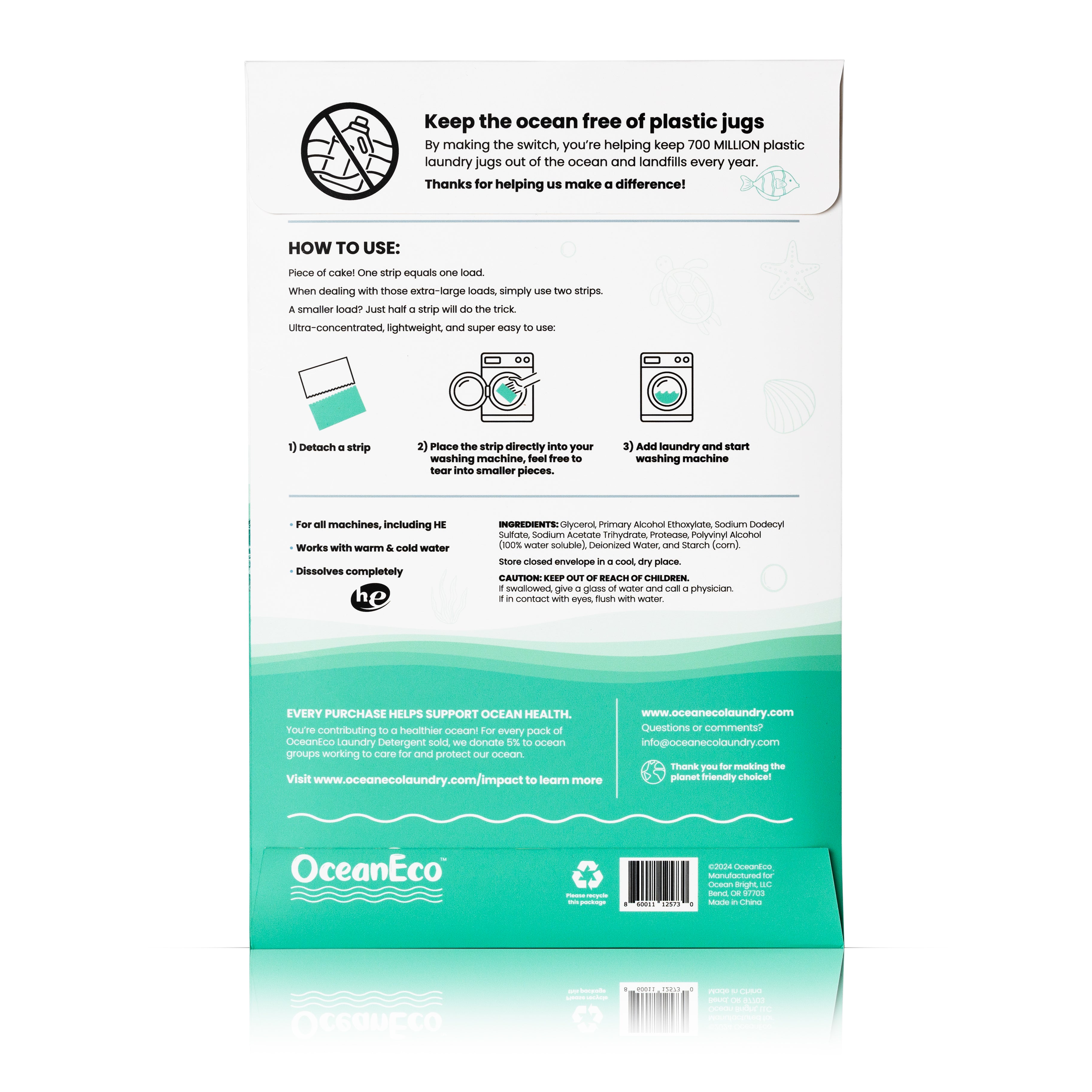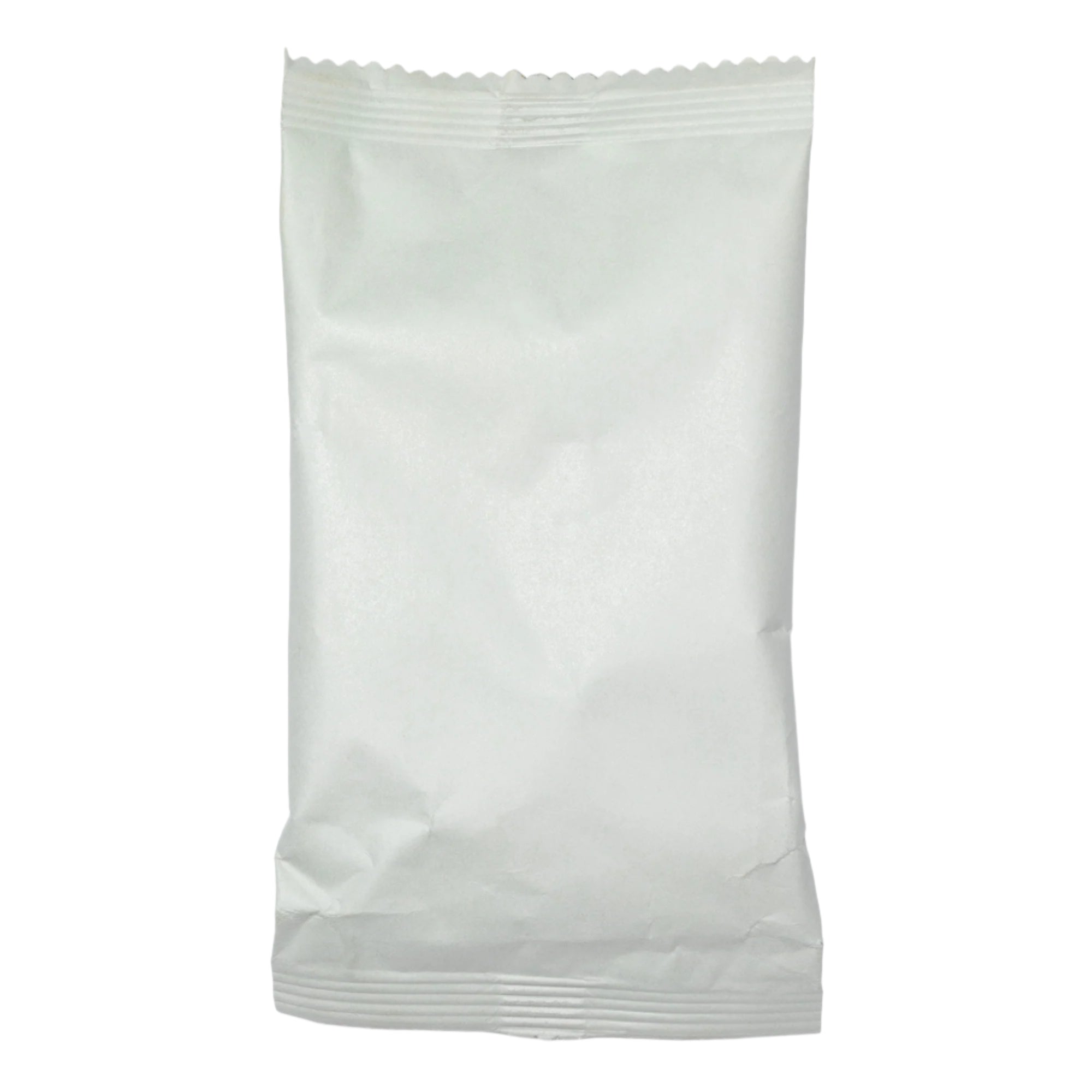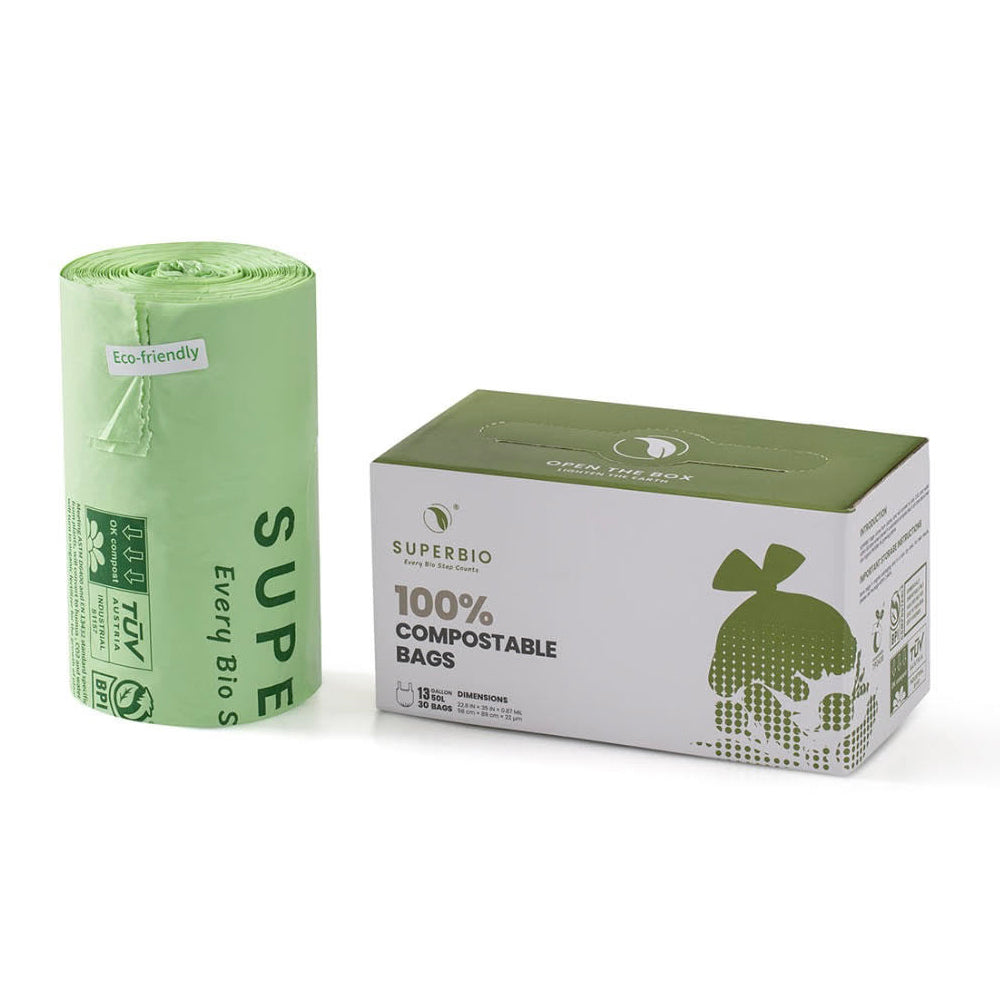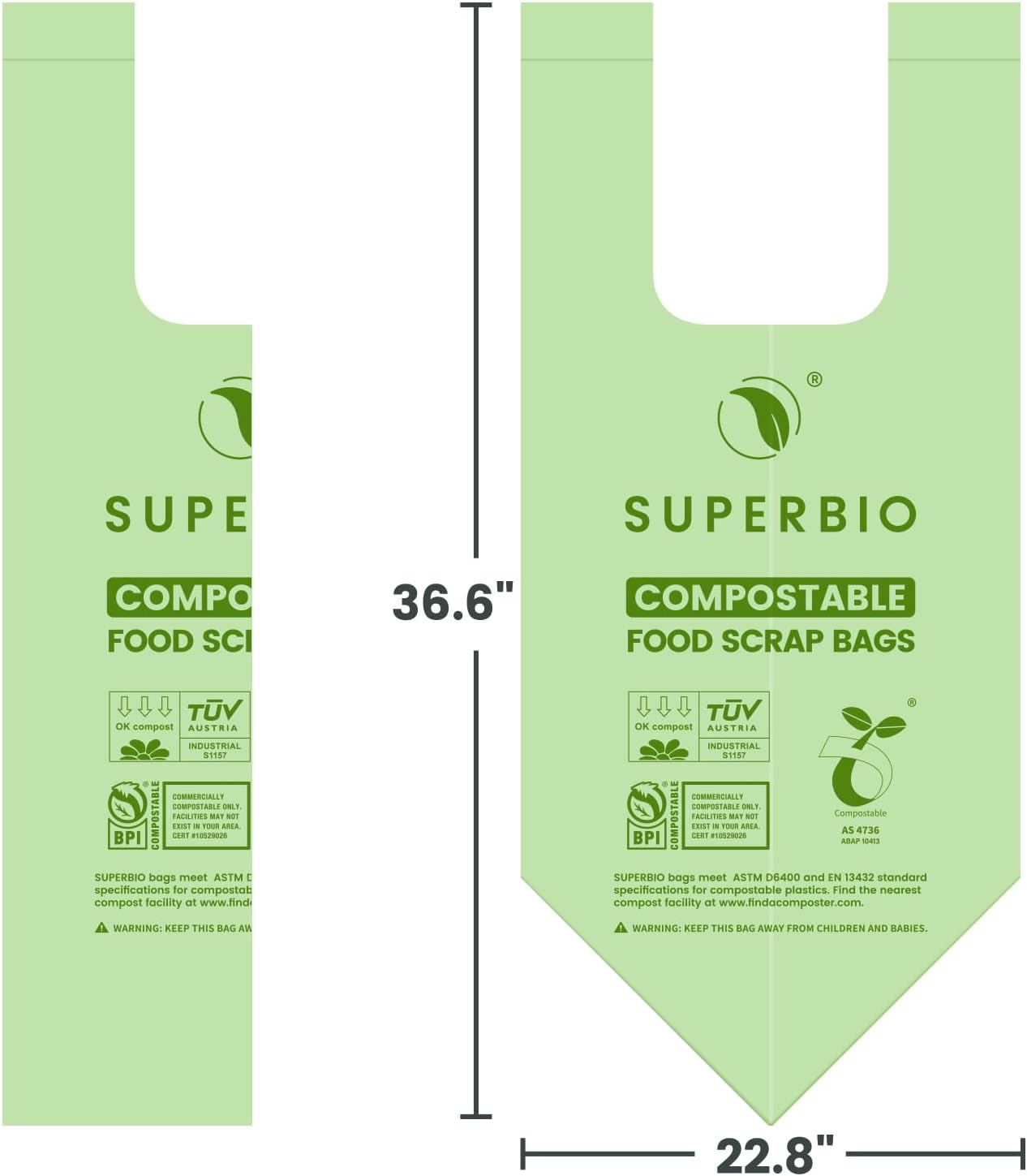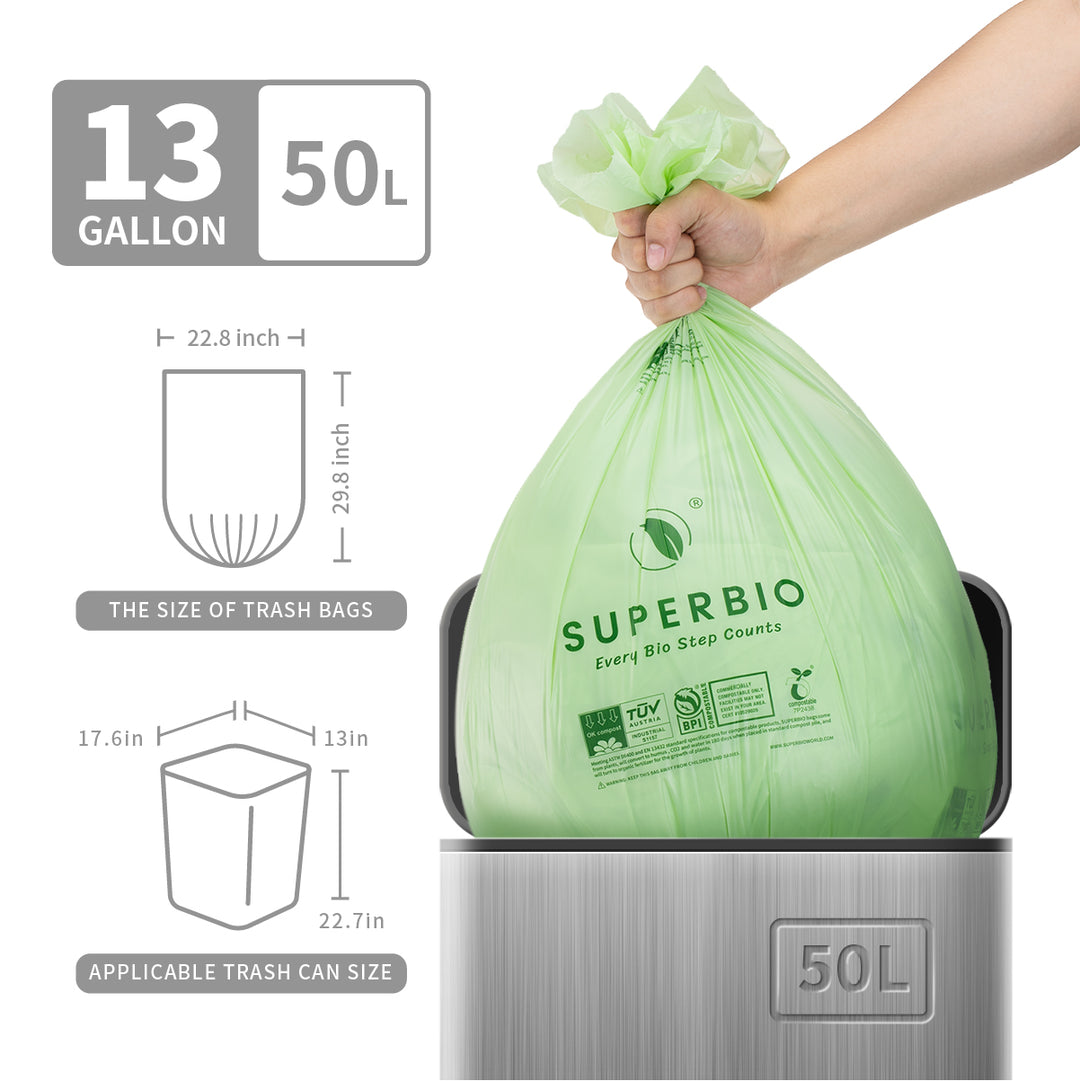Scientists Discover Earth’s Oceans Glowed Green for Billions of Years
Long before the oceans shimmered blue under sunlight, Earth looked very different. For billions of years, the planet’s vast waters reflected a greenish hue—an effect of ancient chemistry and early microbial life. This verdant sea wasn’t just a curiosity of color. It set the stage for life as we know it.
During Earth’s early days, the atmosphere held no oxygen. Instead, it was packed with carbon dioxide and water vapor. Rainfall beat down on barren land, dissolving iron from rocks. Rivers carried that iron to the oceans, creating an environment thick with iron compounds like iron hydroxide. As the water absorbed red light and iron soaked up the blue, green was all that remained to reflect back into space. Earth, seen from above, would have gleamed a pale green rather than blue, BGR reports.

Earth’s oceans were green for nearly 2.5 billion years.
The Role of Cyanobacteria in a Green World
It was in this murky, iron-rich soup that cyanobacteria evolved. These early microbes were the first to harness sunlight through photosynthesis. But unlike modern plants, which rely on chlorophyll to capture blue and red light, these bacteria also used pigments called phycobilins—molecules fine-tuned to capture green light. In a green ocean, this adaptation gave them an edge. According to Forbes, this evolutionary quirk finally makes sense when viewed through the lens of the ocean’s former color.
Lab simulations support this. When researchers recreated early ocean conditions and exposed cyanobacteria to green light, those equipped with phycobilins thrived. This lends weight to the theory that Earth’s green oceans weren’t just plausible—they were vital for biological innovation. Popular Mechanics reports how this interplay between pigment and light may have driven one of life’s earliest leaps forward.

The green color came from dissolved iron and unique light absorption.
Green Oceans, Red Rocks, and the Rise of Oxygen
These oceans weren’t eternal. As cyanobacteria multiplied, they released oxygen as a byproduct. That oxygen met dissolved iron, triggering chemical reactions that produced rust-like iron oxides, which sank to the ocean floor. Over time, this removed the iron from the water. With less iron to absorb blue light, the oceans gradually shifted to the blue tones we know today.
The process left behind geological evidence: banded iron formations—striped layers of oxidized iron preserved in ancient rock. These formations are silent witnesses to a turning point in Earth’s history. The oxygenation of the oceans, called the Great Oxidation Event, reshaped life on the planet and made multicellular life possible. Live Science outlines how these formations chart the shift from green to blue seas and a once suffocating atmosphere to one teeming with breathable air.

The oceans’ iron-rich chemistry shaped how life evolved.
Lessons from a Green Past
Earth’s green oceans lasted from around 3 billion to 600 million years ago. That’s longer than complex life has existed. The Archaean era, when this transformation played out, represents a stretch of time longer than the age of dinosaurs, the rise of mammals, and all of human civilization combined. As New Scientist notes, the gradual color change reflects tectonic-scale shifts in chemistry and biology, shaped by microscopic organisms in a sea of metal and sunlight.
These insights matter beyond Earth, too. When scientists search for life on other planets, they often look for oxygen. But this new research suggests that green oceans—created by the right combination of iron-rich chemistry and photosynthetic life—could be a strong indicator of early biological activity. Planets with a greenish tint might be harboring alien microbes not unlike our ancient cyanobacteria. ScienceAlert reports that identifying these green worlds could change how we search for life across the galaxy.

The green ocean era lasted longer than all of complex life combined.
Change Is Inevitable
Though our oceans have been blue for hundreds of millions of years, they’re not locked in that state. Earth’s climate, sunlight, and lifeforms continue to evolve. Warming waters, shifting ecosystems, and surging phytoplankton populations could once again nudge ocean hues back toward green. In fact, a recent study found that more than half the world’s oceans have already changed color in just the past two decades.
From the iron-laced waves of the Archaean to the deep blues of today, Earth’s oceans have always reflected the planet’s inner life. And just as the green waters once gave rise to oxygen and transformation, they might someday return—if not as a cradle of first life, then as a signal that change never stops flowing.









































































































































































































